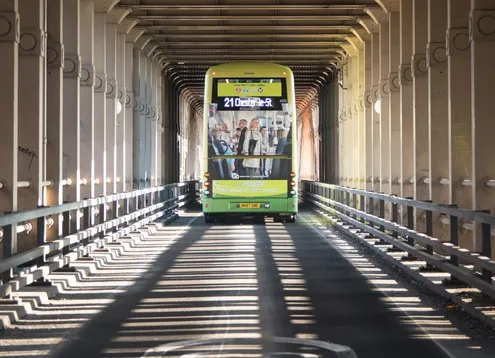Inrix XD Incidents is a breakthrough in traffic intelligence, according to the company, which says it reports more accidents, road closures and other incidents across significantly more roads in more countries and at much greater speed than ever before.
Inrix XD Incidents detects accidents and road closures faster by automatically correlating real-time traffic flow data with information from nearly 400 public and private sources including media partners, departments of transportation, emergency responder
November 22, 2013
Read time: 2 mins
Inrix XD Incidents detects accidents and road closures faster by automatically correlating real-time traffic flow data with information from nearly 400 public and private sources including media partners, departments of transportation, emergency responders, and community reports via mobile and in-vehicle applications as well as social networks like Twitter.
"Leveraging the massive network effect Inrix has built with traffic flow data worldwide, we're now applying machine learning and big data analytics to what's traditionally been an incredibly time-consuming, expensive manual process," said Bryan Mistele, Inrix president and CEO. "For automakers, drivers can be alerted about an accident ahead in time to take a faster alternative route. For departments of transportation, agency professionals can be notified of incidents earlier and across their entire road networks, allowing them to implement incident response efforts more quickly."









